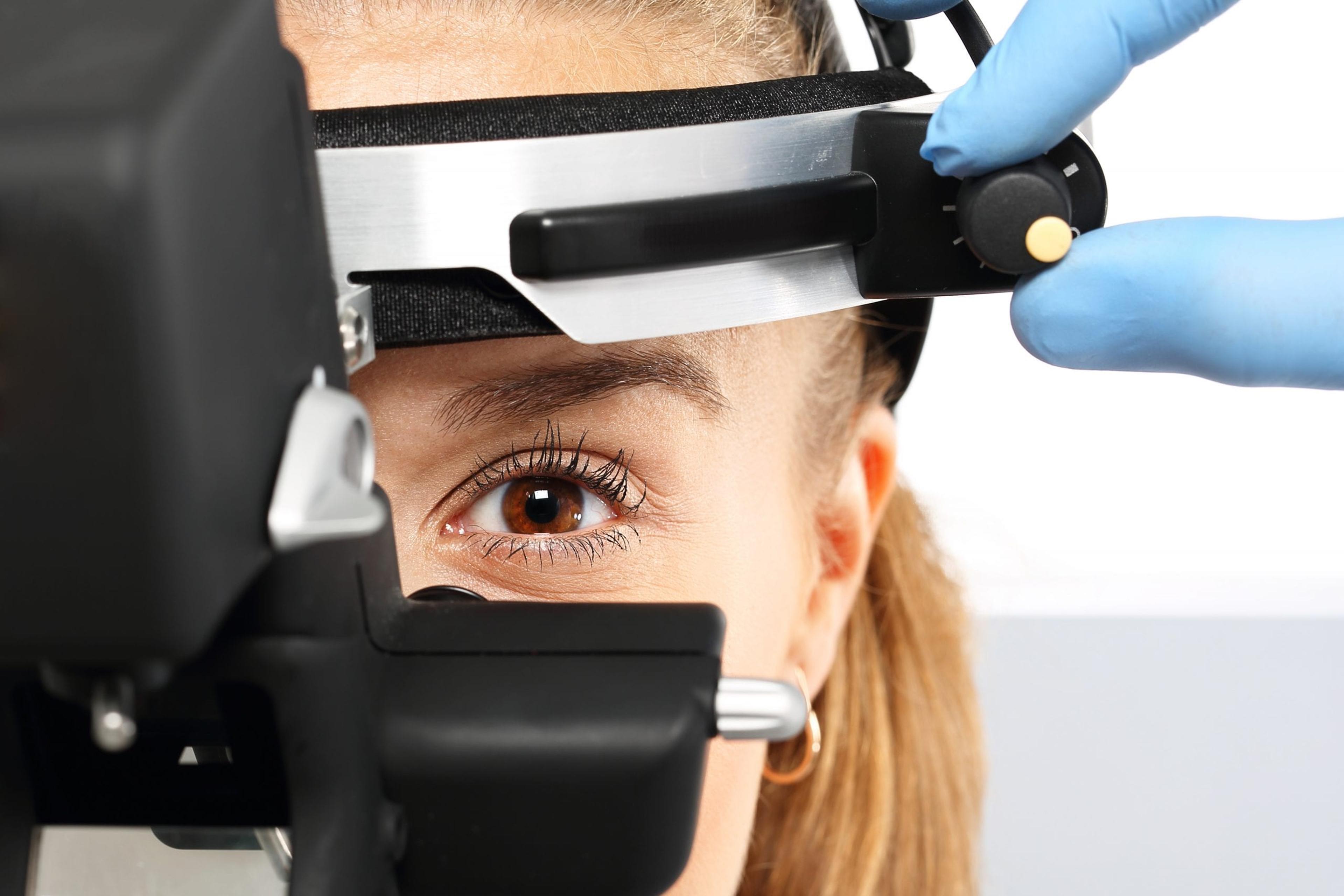
Small incision lenticule extraction (SMILE) and laser-assisted in situ keratomileusis (LASIK) eye surgeries are two vision-improving procedures to consider if you are tired of wearing glasses or contacts. Here are some pros and cons of each to help you decide which surgery is best for you. LASIK, a 15- to 20-minute vision-correcting surgery, permanently changes the shape of the cornea using an excimer laser. A flap is cut in the cornea, where a hinge lies at one end of the flap. The flap is then folded back to reveal the stroma – middle section of cornea. A computer-controlled laser then vaporizes a portion of the stroma and the flap is replaced. Those that are 18 or older, but preferably at least in your 20s, are eligible for this surgery. Candidates for this surgery must have had the same prescription for at least a year. Pros and Results of LASIK:
- 96% patient satisfaction rate – one of the highest of all elective procedures
- Out of 40 million procedures performed worldwide – no cases of blindness in healthy, eligible candidates
- 20/25 vision or better
- Long-lasting results
Cons and Risks of LASIK:
- Night vision problems and hypersensitivity to bright lights is a side effect that lasts for about a year after surgery
- Possibility of halos/glares in vision
- Possibility of hemorrhages
- Can cause dry eyes for one to three months, sometimes longer
- Slight chance you may need to have the procedure again
SMILE uses advanced laser vision correction technology, femtosecond laser, to cut a thin disc of tissue from the layers of the cornea. This 10- to 15-minute procedure does not affect much of the eye’s surface in the process. The laser is programmed with measurements for your eye size and shape, and the disc of tissue (lenticule) is removed through a small opening in the eye to change the shape of the cornea, which ultimately improves vision. People who are 22-years or older who have stable eye prescriptions that haven’t changed for more than a year are eligible for this procedure. Those patients’ prescriptions must be between -1.00 to -8.00, with or without astigmatism. It is important to note that SMILE is a newer procedure. Potential side effects and risks are still being studied for this surgery, but so far this is what has been found. Pros and Results of SMILE:
- Eye incision is small – less than 6mm – making it a minimally invasive procedure
- No corneal flap is made
- Most people can see well within 24 to 48 hours of surgery
- Six months after surgery, 99% of patients achieved 20/40 or better vision and 88% achieved 20/20 or better vision at the six-month post op visit from a clinical study of almost 350 patients
Cons and Risks of SMILE:
- Possible glares/halos around lights, especially at night
- Possibility of infection
- Debris where disc was removed
- Chance of inflammation in treated area
- Possible under- or over-corrected vision
Like any surgery, there are both benefits and risks to each procedure. If you think you are eligible for either surgery and are tired of wearing glasses or putting contacts in, speak to your optometrist to learn more and to see which of these is a good fit for your vision needs. If you liked this post, you might want to check out these blogs:
- Optometrist vs. Ophthalmologist: What's the Difference?
- Sun Protection: Not Just For Your Skin
- Watching Over Your Employees' Eyesight
Photo credit: robert przybysz





